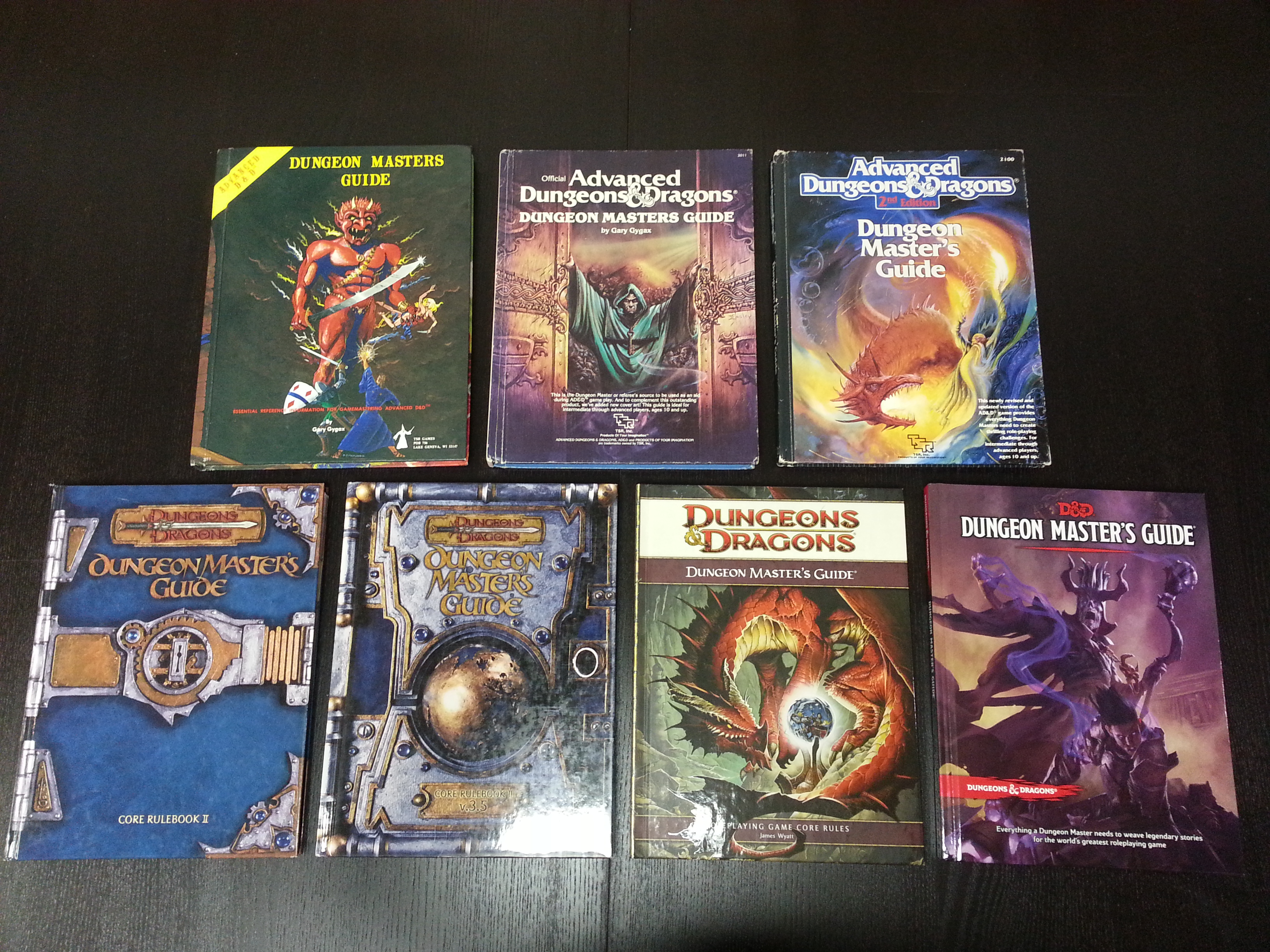I'm new to DMing! How do I start?
- Can you ever hope to find your way home safely when pitted against the infinite evils of the Nine Hells? Diabolical dangers await in this campaign adventure for the world’s greatest roleplaying game!
- The primary font used on the official 5th edition Dungeons & Dragons character sheet (and in some tables) is Scala Sans. The rules text is set in Bookmania with headings in Mrs. Eaves Small Caps. The new logo appears to be based on an altered version of Modesto Poster, while the book titles are set in Modesto Bold Condensed.
What software can be useful for a DM running D&D? The comments are scattering across 3.5e and 4e. Browse other questions tagged dungeons-and-dragons adnd-2e. Nerdarchist Ted here and I am going to share a cool character build for a character I have recently made for a Dungeons and Dragons 5th edition game. I was asked to play in a game online and it was restricted to humans and no wizards, warlocks, or sorcerers were going to be allowed. For example, Dungeons & Dragons® is a trademarks of Wizards of the Coast. For more information about Wizards of the Coast or any of Wizards' trademarks or other intellectual property, please visit their website at (www.wizards.com).
First, congratulations on running a game! You'll get the hang of it pretty quickly. The easiest way to build an encounter is to pick an enemy from the Monster Manual with a CR around the same as the level of PCs in your party, maybe one higher if you want them to have a tough fight. This won't always be perfect, but it's a good place to start. You'll find that this method mostly generates Medium or Hard difficulty encounters, which is about what you are aiming for.
To spice things up, increase the number of enemies. Either go for a group of lower-level mooks, or a second bad guy of around the same CR, or mix and match. Don't go too wild with this, though - the PCs can only take on so many enemies at once. In 5th Edition, outnumbering your opponent can be quite an advantage. Be very careful before putting your PCs up against a Deadly encounter, especially against lots of enemies.

Why are my players finding encounters so easy?
If you're using this calculator a lot, you may have found it can seem to overstate the difficulty of encounters. First I'll explain why this happens, and then how you can fix this.
The biggest culprit for easy encounters is the party resting too much. If you're like me, your parties tend to have maybe two or three encounters per long rest, often with short rests in between - this makes more sense for some play styles, but causes balance problems.

The way 5th Edition balances resources assumes that parties will have at least a couple of medium-difficulty encounters between each short rest, and maybe two or three short rests between each long rest. This forces characters to be conservative with their limited resources (spell slots, class features, hit dice, and so forth), making each individual encounter tougher. A party that can approach an encounter fresh, with no worries about saving resources, will often find that encounter relatively easy.
How do you fix this? You have two choices.
Dungeons And Dragons 5e Srd

Dungeons And Dragons 5e Rules
- Don't let your party rest as often. There are a couple of ways of doing this - you could have encounters happen closer together without any chance for a break between each (maybe putting the characters on a timer, or make it dangerous to rest), or use the 'Gritty Realism' rest model as described in the DMG (page 267) which makes rests take longer. I have started using Gritty Realism in my games and I've found that it makes designing adventures substantially easier, and stops the party attempting to rest at every opportunity.
- Make the encounters harder. You can probably make the Adjusted Difficulty Rating of an encounter up to double or maybe even triple (for very experienced parties) the XP* rating of a Deadly encounter, and the fight will be more challenging and risky, but not impossible for a prepared party. There are some downsides to this approach, however. Fights become much more dangerous as an encounter can quickly snowball from challenging to deadly if one or two of the PCs are dropped. This is especially pronounced at lower levels where a single hit can be enough to put someone on the floor. If you use this method, you may need to increase the difficulty slowly until you get to the level of challenge you want.
*Note for those who use CR, this scales differently. You may only want to increase the CR of encounters by 1 or 2.